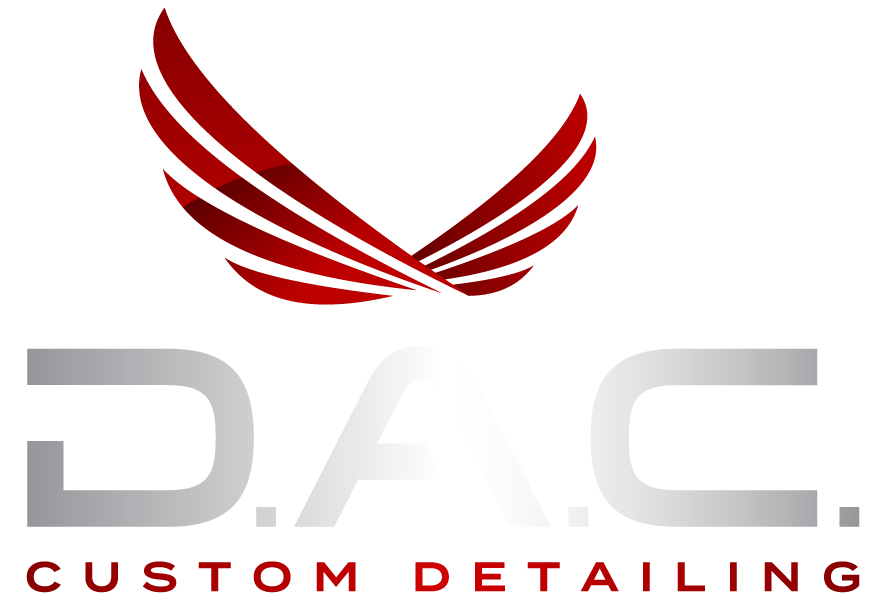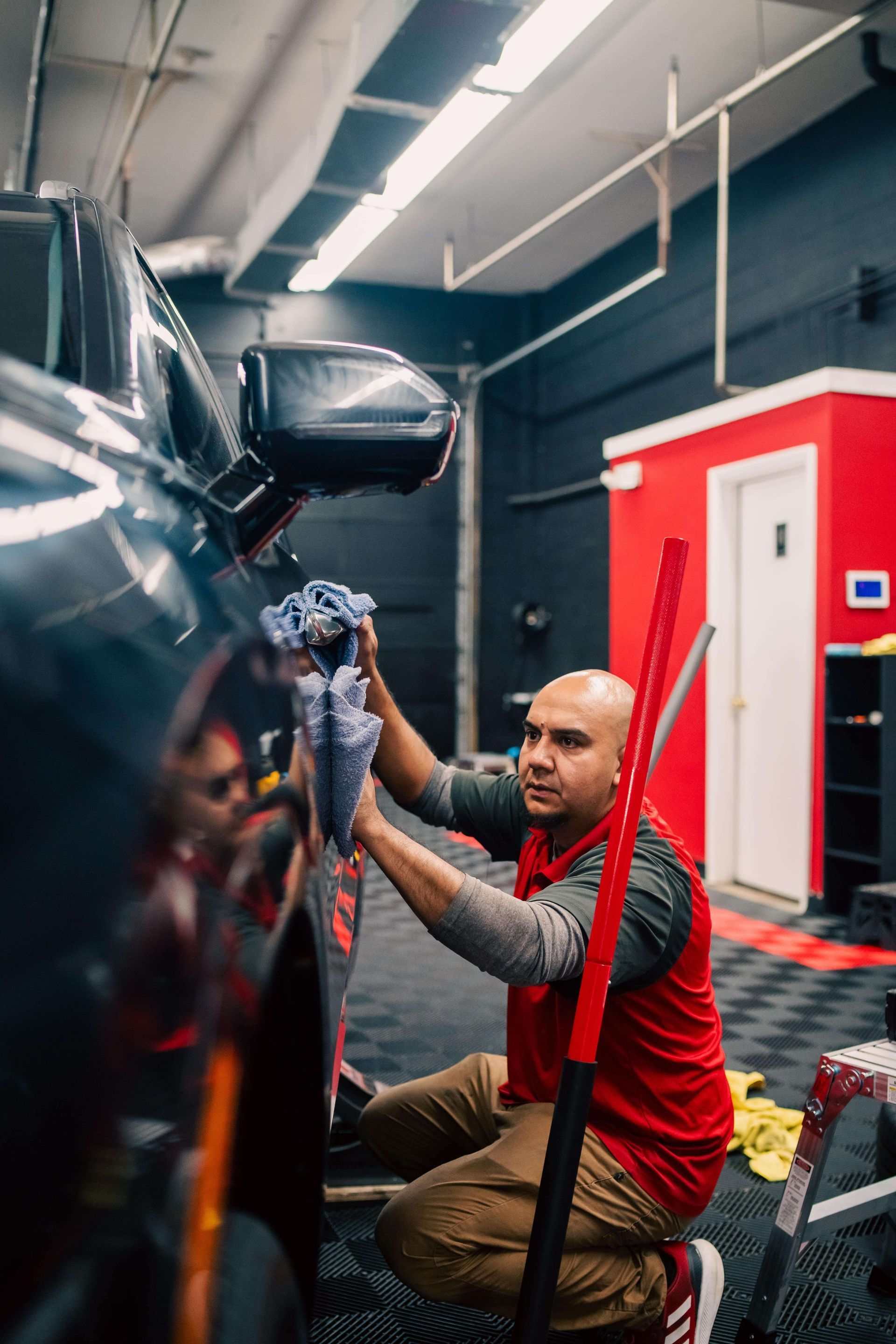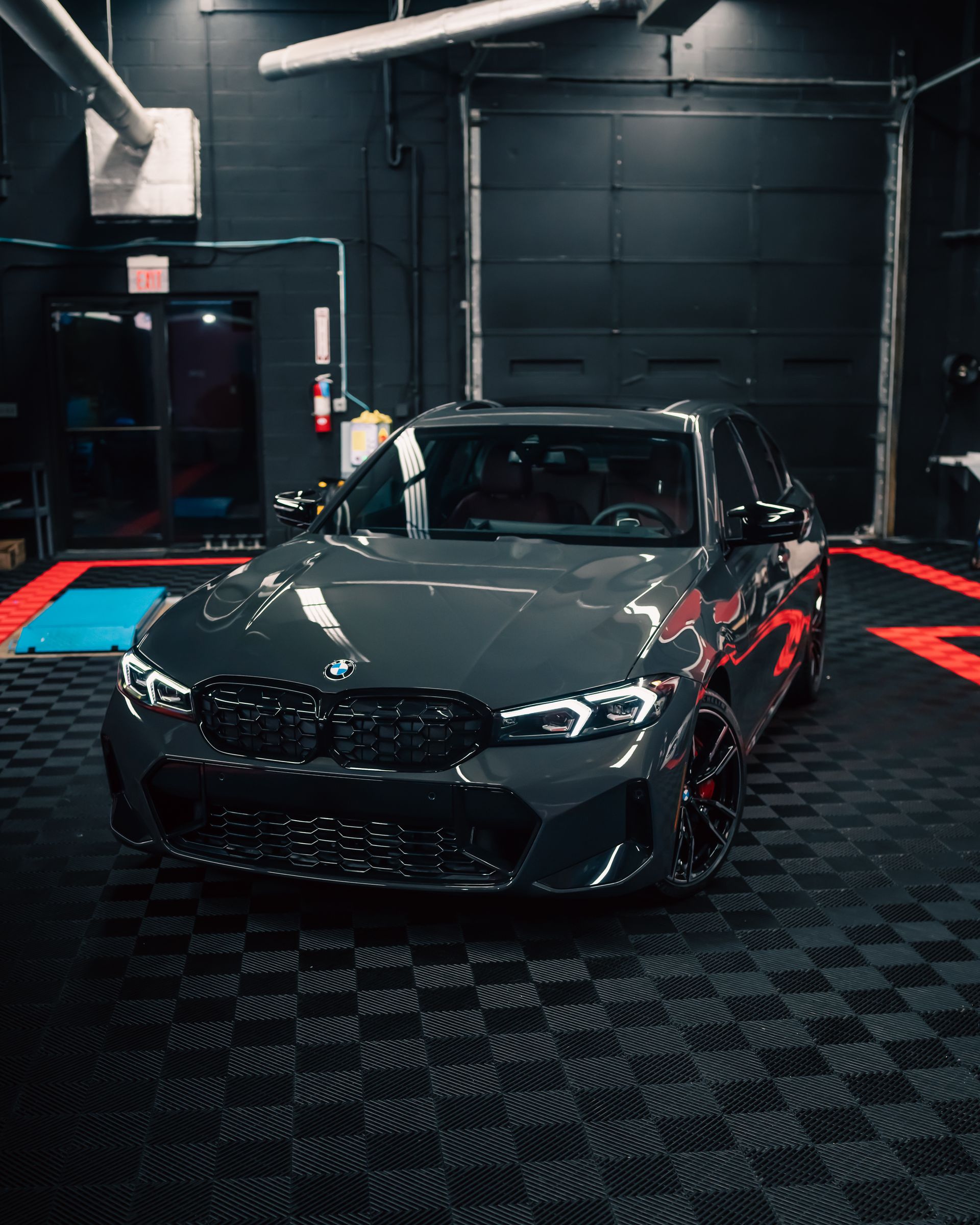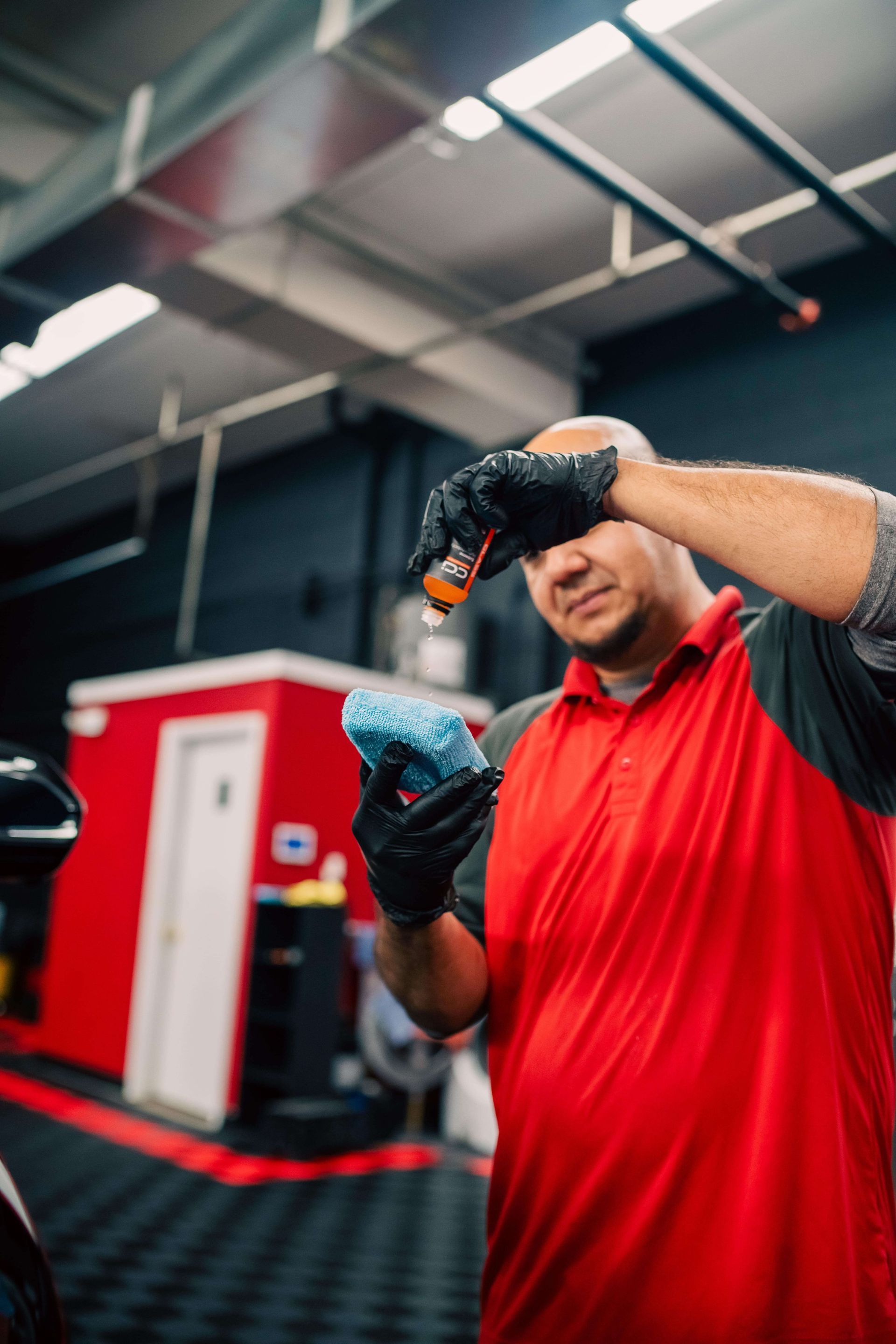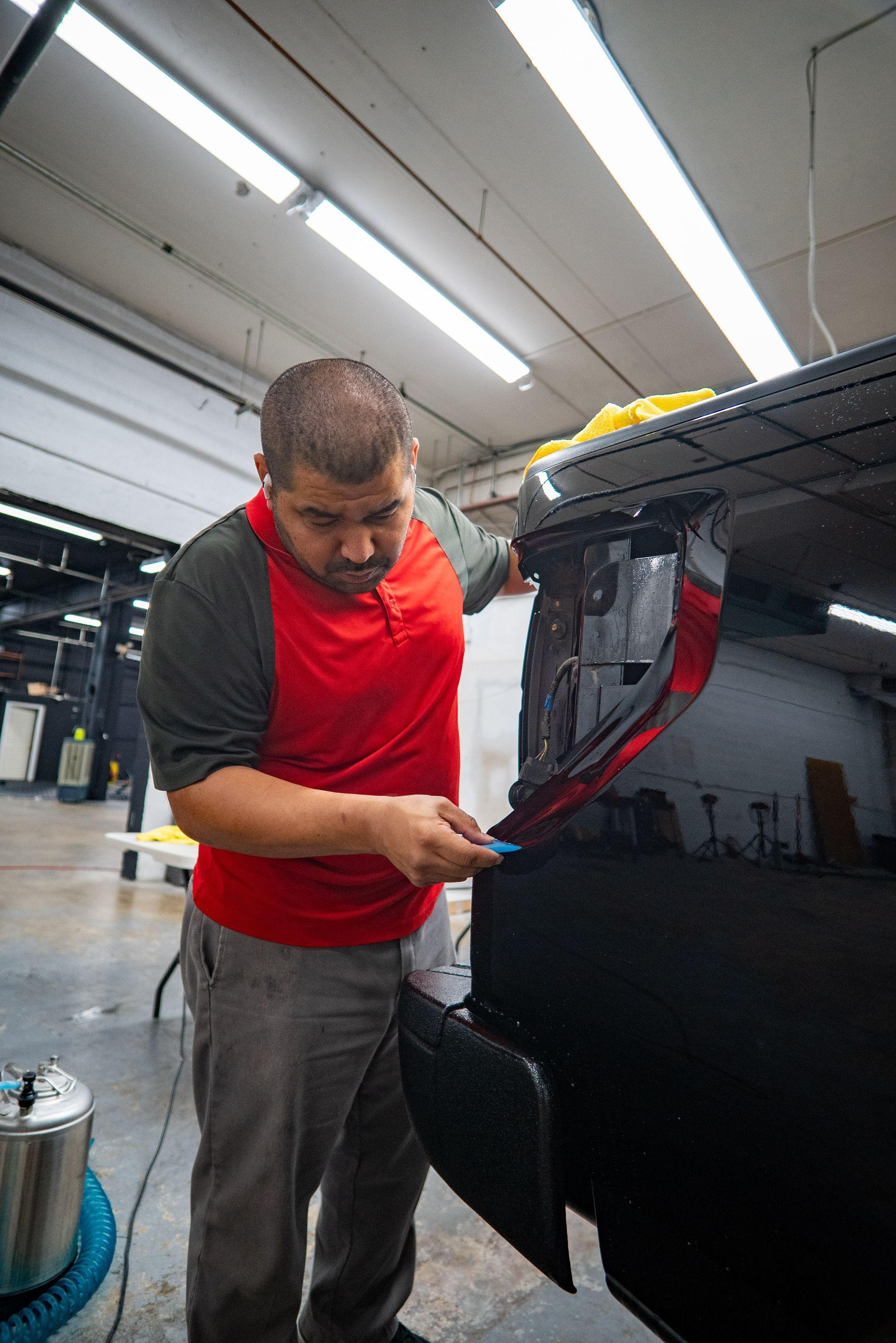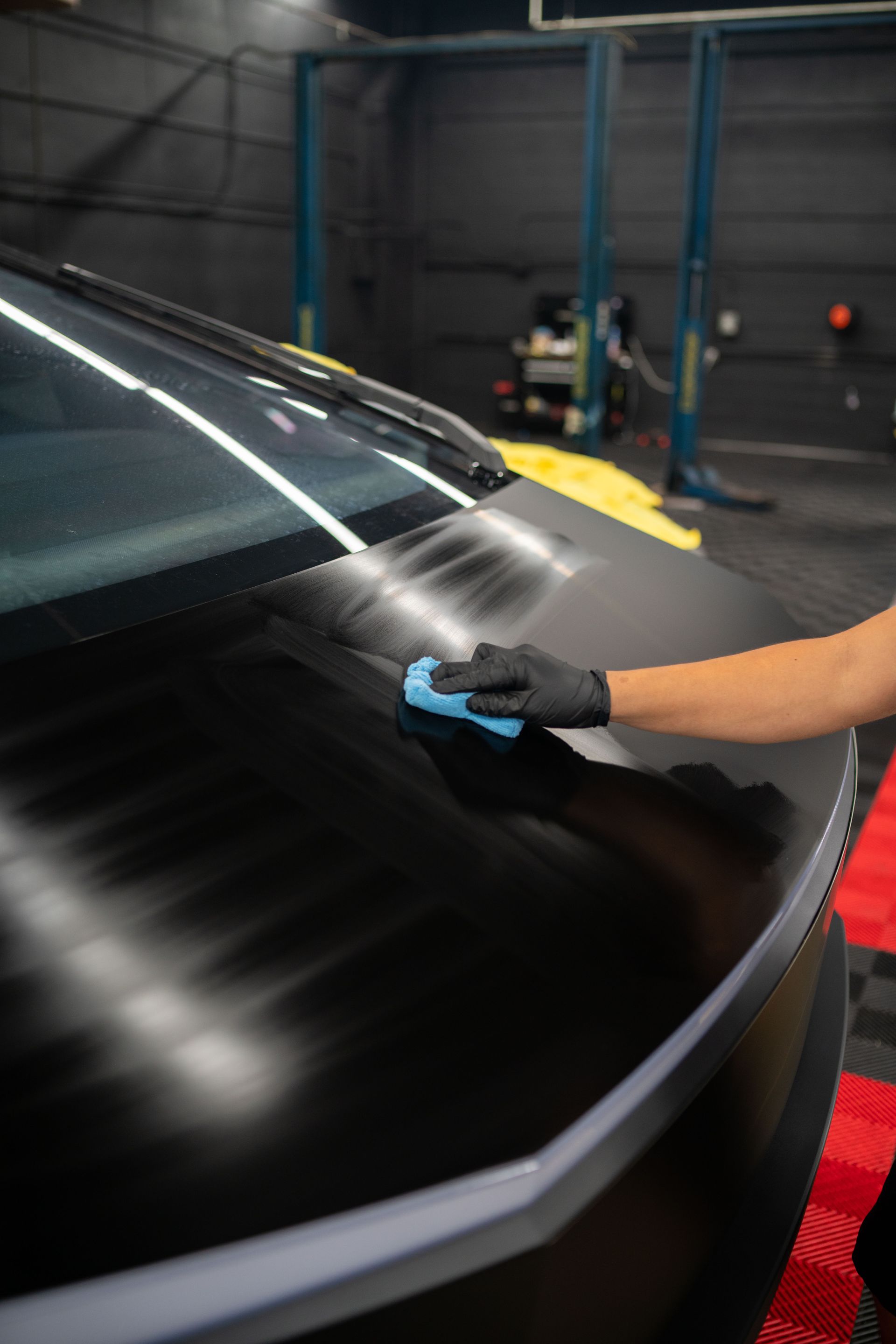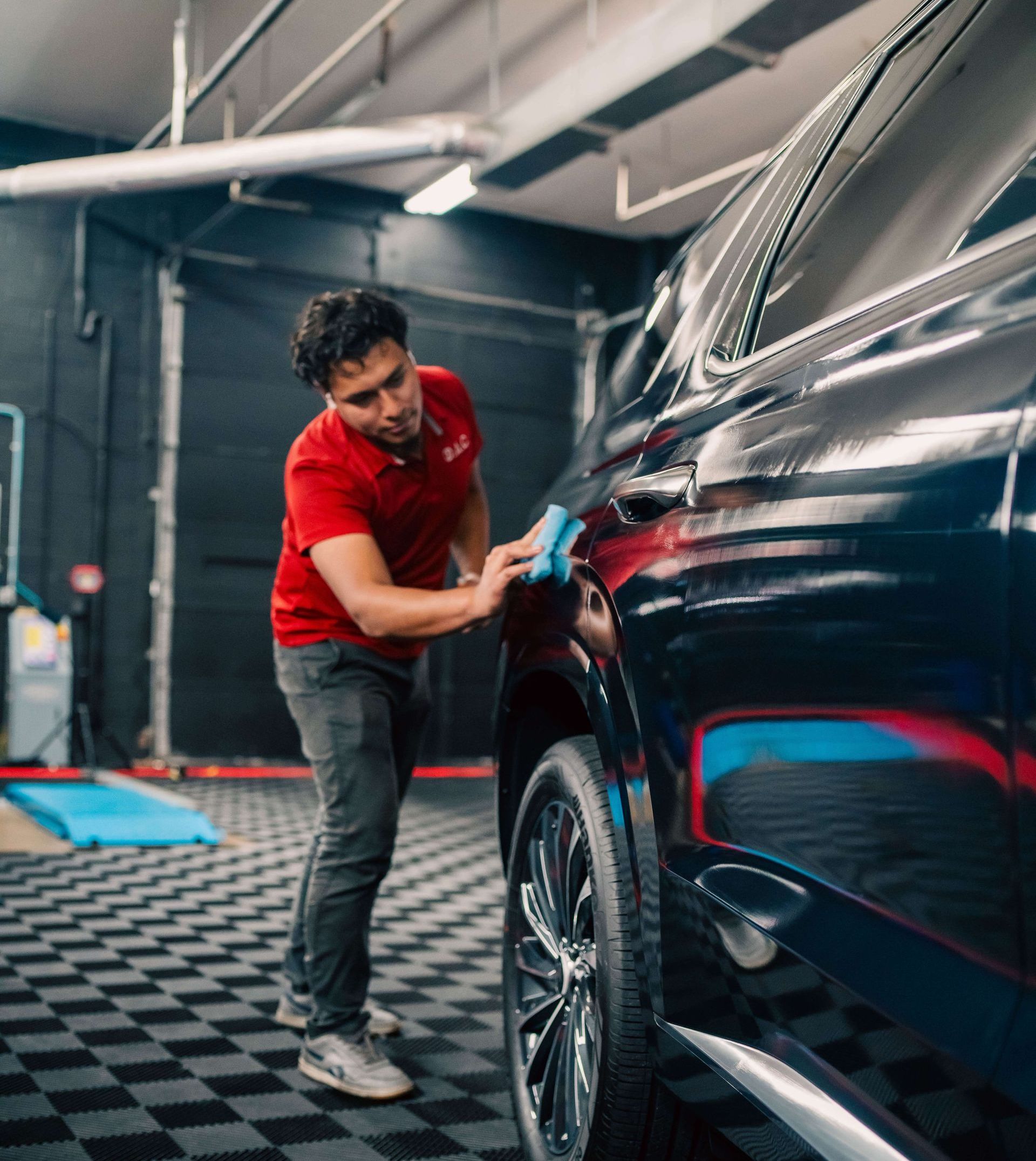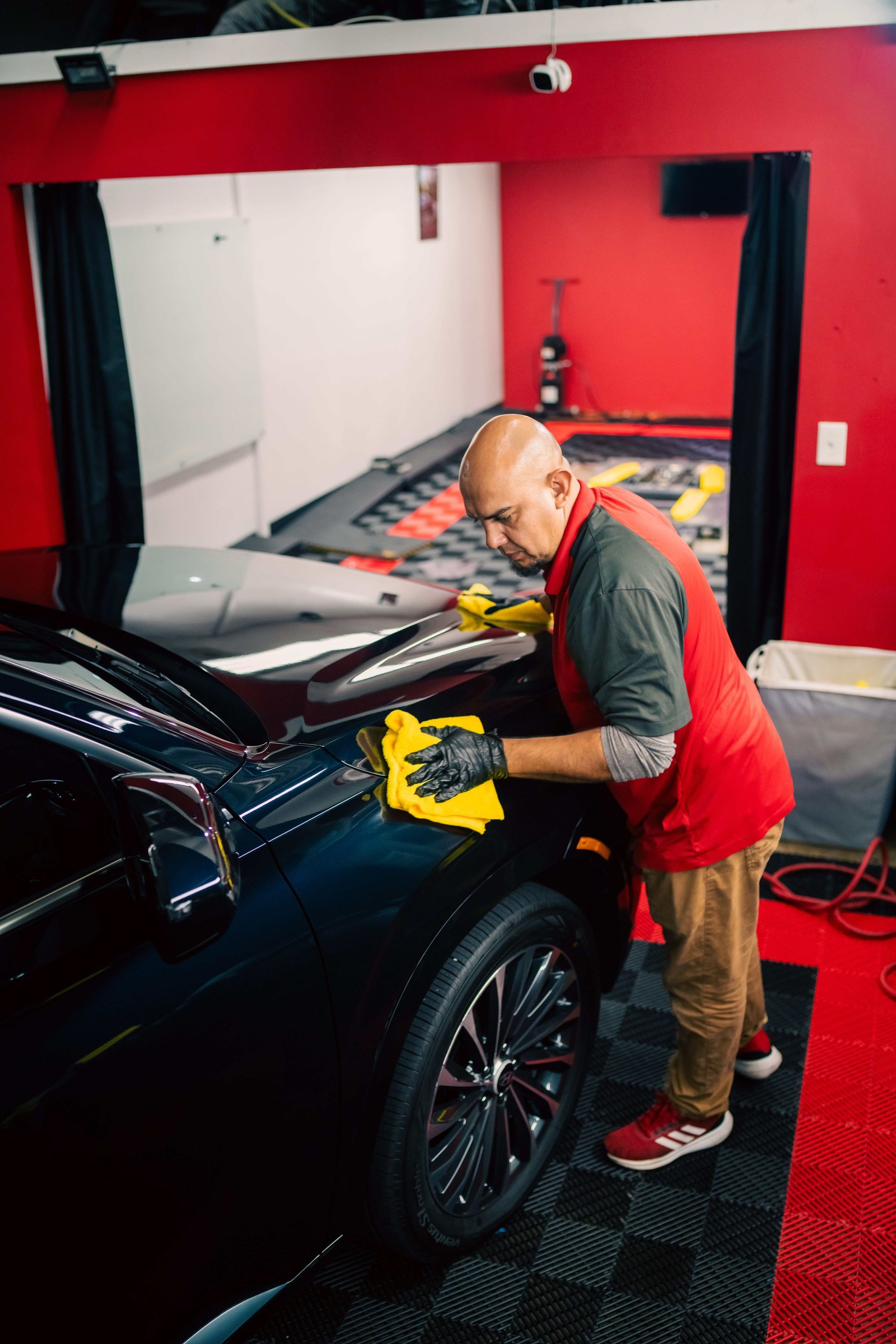REVIVE, PROTECT, MAINTAIN
Are you considering giving your car that extra layer of protection with a paint protection film (PPF) but are baffled by the contrasting opinions and myths surrounding its effectiveness? Hold on! Before you make up your mind, let's unmask these misconceptions. In this blog post, we'll debunk the top 5 myths about paint protection film, armed with data and experts' insights. Let's steer clear of fiction and navigate through facts, because your car doesn't deserve anything less than the absolute truth.
Debunking Myths: PPF and Car Maintenance
As car owners, we all want to keep our vehicles looking pristine and protected from the wear and tear of daily use. One popular option for achieving this goal is using paint protection film (PPF). However, there are several myths surrounding PPF and its impact on car maintenance that need to be debunked. Let's explore these misconceptions and separate fact from fiction.

Myth 1: PPF Turns Yellow Over Time
A common concern among car owners considering PPF is the fear that the film will turn yellow over time, ruining the appearance of their vehicle. However, this is far from the truth. High-quality PPF is made of a UV-resistant material that does not discolor due to prolonged exposure to the sun's rays. The yellowing effect that some people associate with PPF is often a result of cheaper or lower-quality films that lack proper UV protection. It's crucial to emphasize that selecting a trusted brand and professional installation can significantly reduce the risk of yellowing or discoloration. By opting for a reputable product and ensuring proper care and maintenance, you can enjoy long-lasting protection without compromising the aesthetic appeal of your car.
In addition, advancements in technology have led to the development of top-tier PPF options that come with warranties against yellowing for several years. So if longevity and color retention are concerns for you, rest assured that high-quality PPF products offer peace of mind by standing up against UV exposure. Debunking this myth removes a significant barrier for car owners considering PPF. It's important to rely on accurate information and reliable sources when making decisions about car maintenance, ensuring your investment yields the desired results.
Myth 2: Difficulty in Washing Cars With PPF
Some individuals believe that having PPF installed on their cars will make the process of washing and maintaining them more challenging. However, this is far from the truth. The beauty of PPF lies in its slick surface, which resists dirt and debris accumulation. This means that when it comes time to wash your car, contaminants will have a harder time sticking to the film. As a result, you'll spend less time and effort removing grime during your cleaning sessions.
In addition, the self-healing properties of high-quality PPF make minor scratches or swirl marks disappear under suitable conditions. So, even if your car does get scratched or lightly scuffed during routine drives or washing, rest assured that these imperfections can often resolve themselves over time, reducing the need for costly repairs or touch-ups. It's worth noting that although PPF makes the washing process easier, it's still essential to use proper techniques and materials. Opt for gentle cleansers specifically designed for PPF and microfiber cloths to avoid scratching the film. Following these guidelines will ensure that your car maintains its pristine appearance while benefiting from the added protection of PPF.
Unveiling Truths: PPF Installation and Aftercare
Now that we've debunked the myth about difficulties in washing cars with PPF, let's dive deeper into the installation process and aftercare of this protective film. When it comes to installing PPF, it's best left to professionals who have experience working with this specialized material. They will ensure a precise and seamless application, making sure every inch of your vehicle's paintwork is protected. With proper installation, the PPF will blend seamlessly with your car's exterior, providing an invisible shield for years to come.
After getting the film installed, it's essential to prioritize its care and maintenance. While PPF offers superb protection against common hazards, properly maintaining it will maximize its longevity and effectiveness. Regularly washing your car with mild soap or PPF-friendly cleansers will help remove dirt, debris, and environmental pollutants that can build up over time. Additionally, it's crucial to avoid using abrasive materials or harsh chemicals, as they can damage or degrade the film.
To enhance the appearance and durability of PPF, applying a specialized synthetic wax polish designed for this purpose can provide an extra layer of protection. This will also help maintain the film's glossy finish, ensuring your car continues to shine. By following these simple aftercare practices and adopting a regular cleaning routine, you can enjoy the benefits of PPF for an extended period of time. Not only will you have peace of mind knowing that your vehicle's paint is shielded from potential damage, but you'll also preserve its aesthetic appeal for years to come.
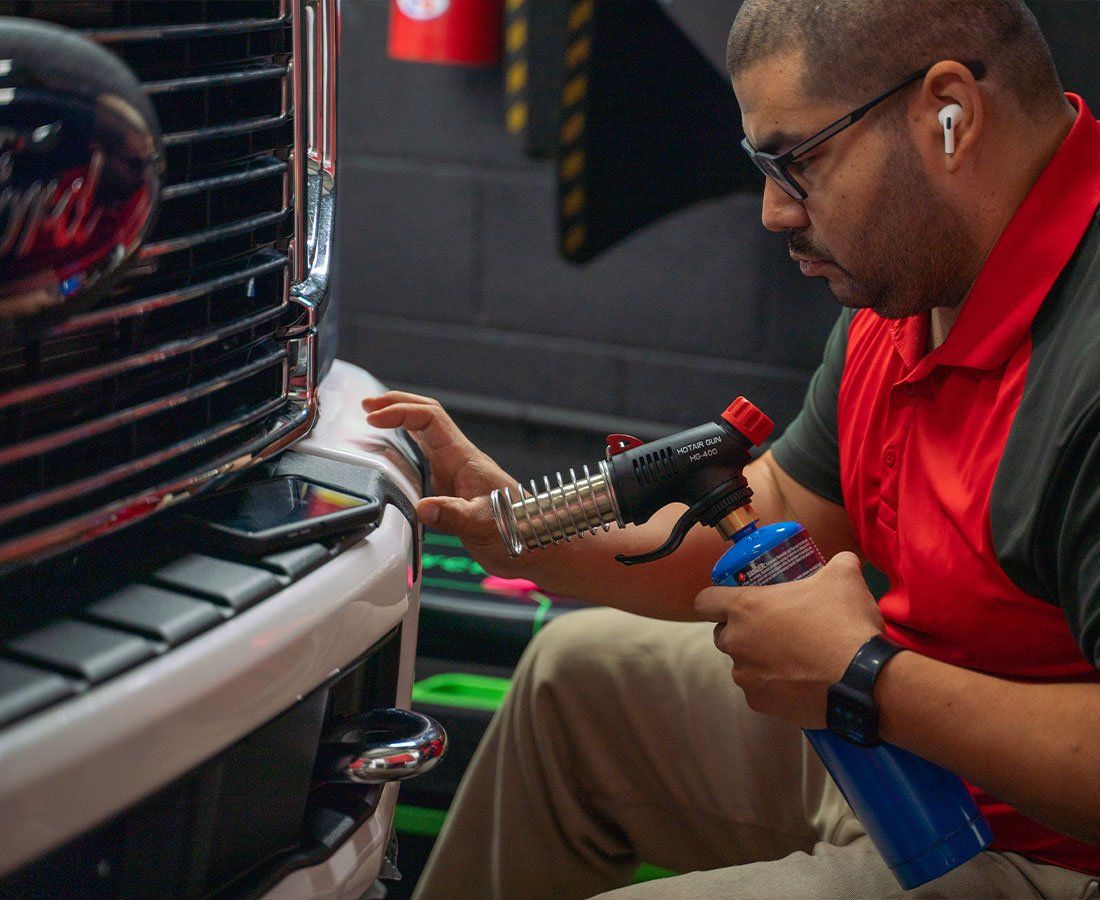
Myth 3: PPF Leaves Glue Residue
One of the persistent misconceptions about paint protection film (PPF) is that it leaves behind unsightly glue residue. However, this is far from the truth when considering the high-quality PPF options available today. Modern PPF is designed with a special adhesive that sticks to the car's paint surface without leaving any residue behind. This adhesive allows for easy application and removal, ensuring a clean and smooth finish. The misconception regarding glue residue may stem from cheaper or lower-quality films that may not have the same level of adhesion technology as high-quality PPF. Hence, it is crucial to opt for reputable brands and consult with professionals who specialize in applying PPF to ensure a seamless installation and removal process.
PPF: Not Exclusive to Luxury Cars
When it comes to paint protection film (PPF), there seems to be a common misconception that it is exclusively meant for luxury cars. However, this perception couldn't be further from the truth. The reality is that PPF can be applied to any vehicle, regardless of whether it's a high-end luxury car or an everyday sedan. Car owners often invest in PPF because they understand the value it brings to preserving their vehicle's appearance and maintaining its resale value. Whether it's a luxury car or an economical model, every owner has the right to protect their investment and keep their vehicle looking its best.
Moreover, PPF provides a cost-effective solution compared to repainting or repairing damaged paintwork. It acts as an invisible shield that safeguards the original paint from damage caused by debris on the road or daily wear and tear.
Myth 4: PPF Usage Limitation for High-End Cars
Another prevailing myth regarding PPF is that it is primarily used on high-end cars. This misconception might arise due to the association of luxury vehicles with meticulous car care and maintenance. However, the truth is that PPF can benefit any car owner, regardless of their car's make or model. It's important to remember that even non-luxury vehicles are susceptible to environmental elements like gravel, bird droppings, tree sap, and UV rays. These hazards can cause damage to the paintwork over time and diminish the overall appearance of the car.
Many car enthusiasts choose to install PPF on their beloved vehicles as a preventative measure. They understand that proactive protection helps maintain the car's aesthetics and reduces the need for expensive repairs down the line. The versatility of PPF makes it accessible to all car owners, regardless of their budget or preference. It offers an effective way to safeguard the paintwork on any vehicle, extending its lifespan and preserving its beauty.
Myth 5: PPF is Harmful to The Environment
It is often erroneously believed that PPF poses significant harm to the environment due to its manufacturing process or possible emissions when exposed to various conditions. However, this misconception can be debunked by scientific evidence and an understanding of the materials used in PPF production. To begin with, it's crucial to acknowledge that no product is completely devoid of any environmental impact. However, when it comes to PPF, the potential risks are minimal compared to the significant benefits it provides in terms of protecting vehicle paint surfaces.
The manufacturing process of high-quality PPF incorporates eco-friendly practices and materials with low or no volatile organic compounds (VOCs). This means that during installation and use, PPF does not release harmful chemicals into the environment or contribute significantly to air pollution. Some PPF products are designed to have self-healing properties. This means that minor scratches or blemishes on the film's surface can disappear over time due to heat or exposure to sunlight. As a result, there is no need for frequent replacement, reducing waste in the long run. Overall, it's important not to overlook the tremendous benefits of PPF, such as protecting the car's original paint from chips, scratches, and fading. While considering its ecological impact is necessary, proper disposal methods and responsible purchasing decisions can further mitigate any potential harm.
Trusted Paint Protection Film Service in Temple Hills
Experience top-tier paint protection film service for your vehicle in Temple Hills, MD, with D.A.C. Custom Detailing, your trusted automotive care partner. Our skilled technicians employ the latest techniques and premium quality film to shield your car's paint from scratches, road debris, and harmful UV rays. Protect your investment with our expert application and ensure your vehicle stays flawless for years to come. Don't compromise on protection; trust D.A.C. Custom Detailing for reliable and trusted paint protection film services. Schedule your appointment today, and drive with peace of mind.
